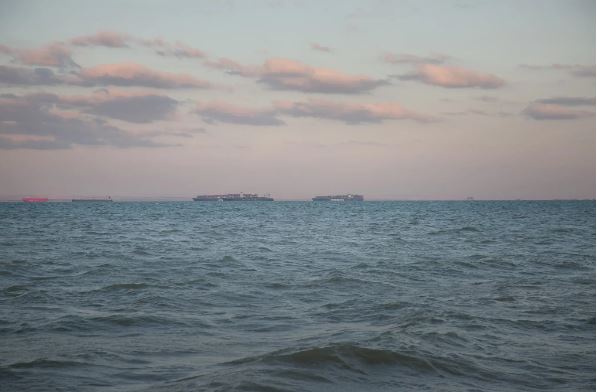Recent waves of attacks against merchant ships in the Red Sea by the Houthi rebels, backed by Iran, are triggering concerns among shipping companies and oil giants. The use of drones and missiles by the Houthis has led to the avoidance of the Suez Canal by some major shipping and oil entities, potentially impacting global trade and raising the costs of imported goods.
Since the October 7 attack by Hamas on Israel, the Houthis have targeted ships, prompting diversions and disruptions in the crucial Suez Canal, a vital route for container ships and fuel tankers. Approximately 50 vessels pass through the Suez Canal daily, and recent data indicates that at least 32 have been diverted as of Monday.
The Suez Canal, in operation since 1869, serves as a key passage for goods and fuel from Asia and the Middle East to reach Europe and the United States. About 15 percent of European imports, mainly from Asia and the Persian Gulf, traverse the Suez Canal.
The escalating situation in the Red Sea and the Suez Canal is described as a “slow-burning disaster” by Peter Sand, chief analyst at Xeneta, a shipping market analytics company. The disruption is prompting a reevaluation of global shipping strategies as companies navigate the challenges posed by the attacks.
In response to the security challenges in the southern Red Sea and the Gulf of Aden, U.S. Defense Secretary Lloyd J. Austin III announced the formation of a new multinational force. Comprising the armed forces of the United States, Britain, Bahrain, Canada, and France, the joint effort aims to ensure freedom of navigation, bolster regional security, and promote prosperity.
BP, the oil company, announced the suspension of shipments through the Suez Canal due to the deteriorating security situation for shipping. Other companies involved in transporting goods, such as Maersk, have also decided to reroute their ships around Africa via the Cape of Good Hope, bypassing the Red Sea until conditions improve.
The instability near the Suez Canal coincides with a drought affecting the operators of the Panama Canal, further straining global supply chains. With 12 percent of world trade passing through the Suez Canal and 5 percent through the Panama Canal, the reluctance to use these vital waterways forces shipping companies to opt for longer routes, incurring additional costs.
Choosing the Cape of Good Hope route over the Suez Canal adds approximately 3,300 miles, nearly 40 percent, to the journey from Singapore to Rotterdam. This diversion could increase the cost of a round trip from Asia to Europe by around $1 million, roughly a third of the original cost. Some shipping rates have already risen by 20 percent in response to the challenges in the Red Sea.
The economic repercussions extend beyond shipping costs, with potential impacts on inflation. The attacks have contributed to an 8 percent increase in the price of Brent crude, the international oil benchmark, over the past week.
The pressure on the United States and other countries to address the Houthi attacks has intensified, with shipping executives emphasizing the necessity of force to maintain stability in the region. The disruptions in the Red Sea come during a period of relatively low demand, potentially limiting their impact if the disruption is short-lived.
This incident follows the Suez Canal blockage just over two years ago when a massive container ship obstructed the canal, disrupting supply chains during the peak of the pandemic-induced demand for goods. The current attacks, occurring during a period of slack demand, underscore the challenges faced by global shipping and the potential ramifications for the fragile state of the global economy.

